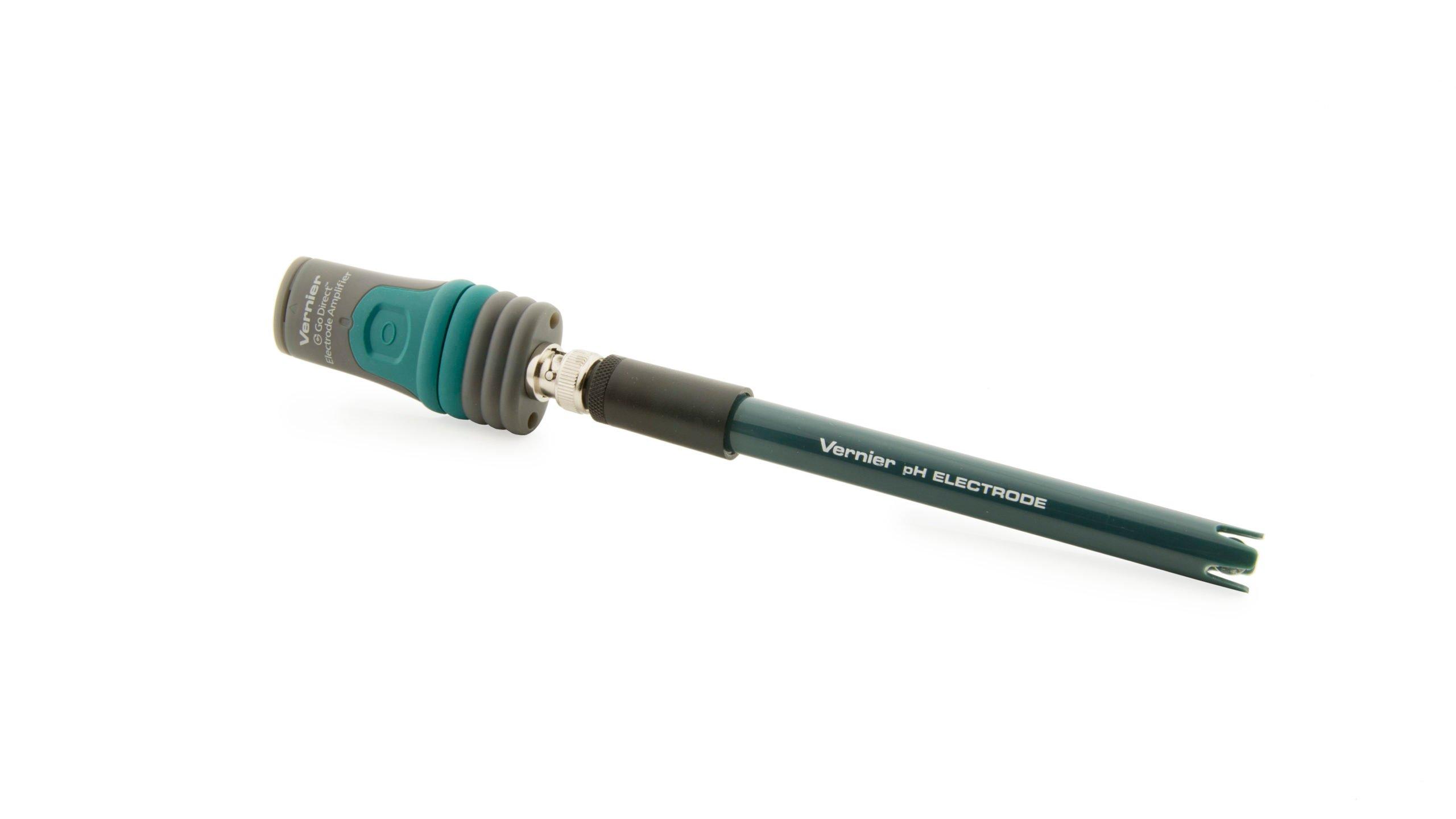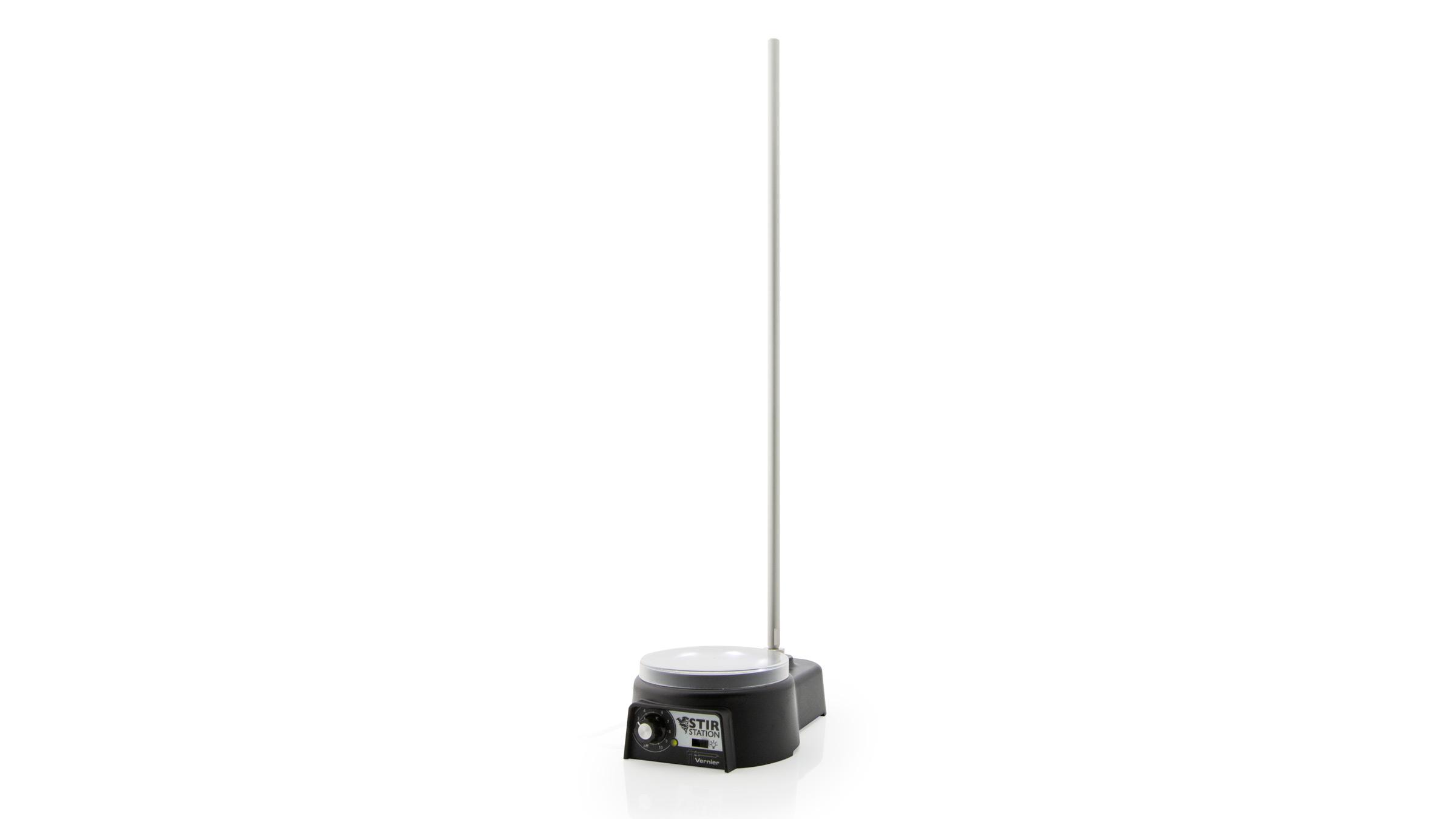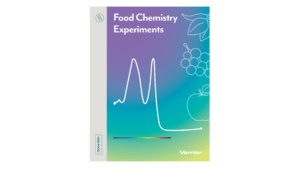Introduction
Unless you are drinking just water, many of the beverages we commonly consume contain acids.
In this activity you will measure the pH of some common beverages. Then you will determine the concentration of the acid in the drink using a common laboratory technique called titration.
A simple acid, one that only contains one reacting hydrogen ion per molecule, is called monoprotic. When an acid reacts with a base, the hydrogen ion from the acid reacts with the hydroxide ion from the base according to the following chemical equation:
HA + NaOH → NaA + H2O
In this chemical equation representing an acid reacting with a base, the acid, HA reacts with the base, sodium hydroxide, NaOH to produce a salt, NaA, and water. The products of acid/base reactions are very commonly a salt and water. The exact point in a titration where all the acid is completely neutralized by the base is called the equivalence point.
pH is a measure of the concentration of hydrogen ion in an acid or base. The pH scale ranges from 0 to 14. Acids have pH values below 7, while bases have pH values over 7. Neutral substances have pH values close to 7.
A common misconception is to try to relate the concentration of an acid to the strength of an acid. Concentration is a measure of how much of the substance is dissolved per unit of volume. Common units of concentration can be the percentage of substance dissolved, or moles of dissolved substance per liter of solution, commonly called molarity.
The strength of an acid is related to how well the substance dissolves in water and reacts with other chemicals. Strong acids would react much more vigorously than weak acids for example.
It is possible for a strong acid and a weak acid to have the same concentration and yet have completely different reactions with other materials.
Surprisingly, your stomach contains a strong acid called hydrochloric acid. Normally this would not be a safe substance to get on your tissues, but your stomach is lined with material to prevent the acid from reacting with the tissue in your stomach.
Objectives
- Measure the pH of common beverages.
- Learn the technique of titration.
- Determine the concentration of acid in a common beverage.
Sensors and Equipment
This experiment features the following sensors and equipment. Additional equipment may be required.
Ready to Experiment?
Ask an Expert
Get answers to your questions about how to teach this experiment with our support team.
- Call toll-free: 888-837-6437
- Chat with Us
- Email support@vernier.com
Purchase the Lab Book
This experiment is #05 of Food Chemistry Experiments. The experiment in the book includes student instructions as well as instructor information for set up, helpful hints, and sample graphs and data.




